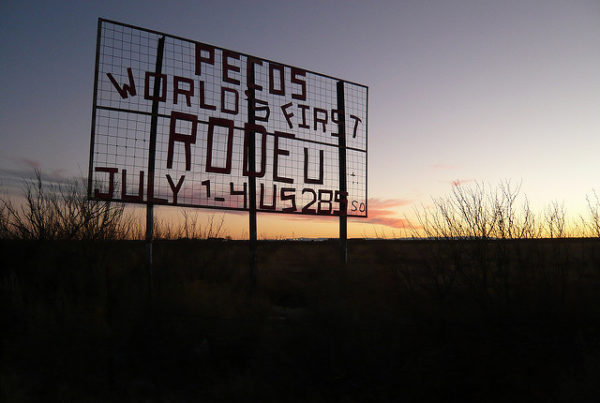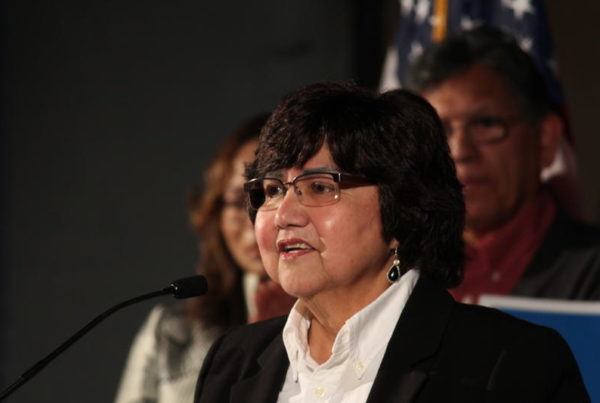Twenty years ago this summer, the fracking revolution began. At that time, oil production was on the decline, down to about five million barrels per day. And a widespread panic about natural gas production began. The fracking method of extracting resources ended that panic.
Russell Gold, Wall Street Journal reporter and author of “The Boom: How Fracking Ignited the American Energy Revolution and Changed the World,” says that now, production is over ten million barrels a day. That means in twenty years, U.S. Oil production has doubled.
For University of Texas petroleum engineer Nick Steinsberger, the discovery of the fracking method came out of a desire to keep his job. He feared layoffs were coming and decided to try the impossible: fracturing shale. At that time, it was common knowledge that it was possible to fracture raw rock with high permeability, and then extract oil from it. But shale was just too fine and tight a sediment to be worth the attempt.
The process involves pumping a high volume of water underground, under extremely high pressure. The pressure becomes so intense that the sediment begins to develop small fractures, which fill with water. Next, sand is pumped through the fractures, the water is removed and the sand stays behind. Propping open these fractures on such a micro level allows the natural gas to flow out of the sediment and thus, “fracking” is complete.
“If you look back 20 years ago, OPEC was running the show,” Gold says. “They controlled the oil and therefore we were limited in what we could do. Once you become a more powerful country, you can pick and choose because you’re importing a lot less [oil]. It’s really expanded our ability to get concessions. I don’t think the Iran-nuclear deal would’ve happened if it wouldn’t have been for fracking.”
Fracking remains a controversial topic. Where it alleviated the panic of those who produce energy, it created a new source of anxiety for environmentalists. To Gold, when assessing the environmental impacts of fracking, it comes down to global versus local.
“We’ve brought on a lot of natural gas. We’ve allowed a lot of coal power generation to shut down. That means a lot less greenhouse gasses going out into the atmosphere, a lot less particulates and pollutants that can cause asthma,” Gold says. “But then on a local level, that’s where there have been more problems.”
Creating a fracking zone is akin to building a mini factory. Between the trucks, chemicals, diesel, generators and millions of gallons of water lost underground, previously rural areas are transformed into industrial complexes – not to mention the extension of American dependance on hydrocarbons.
Gold remains optimistic. To him, the extension of fossil fuel usage may seem to have negative consequences, but it allowed for the development of more renewable and alternative power sources.
“Twenty years ago we had pretty much no hybrid cars on the road and very, very little wind and solar,” Gold says. To find a historical comparison of this magnitude, “you really have to go back and think about something like the internet, just in terms of something that started off so small but really had ramifications all over the world.”
Written by Sarah Yoakley..














